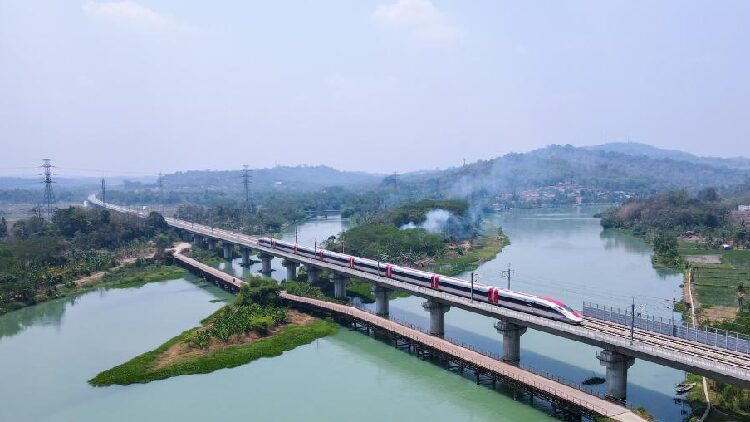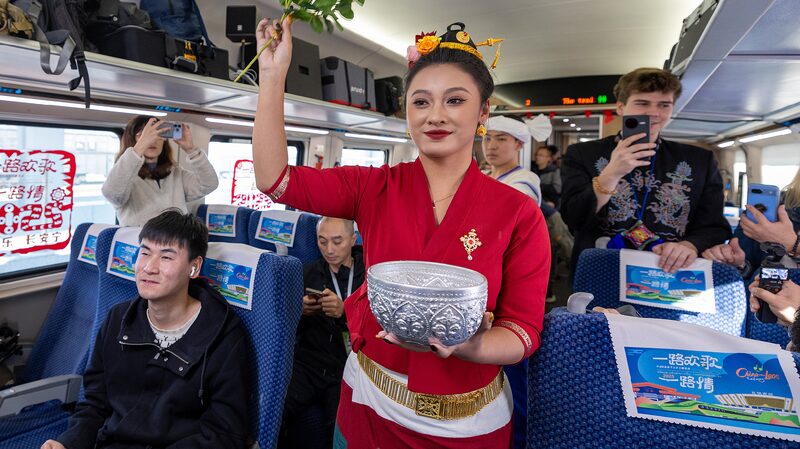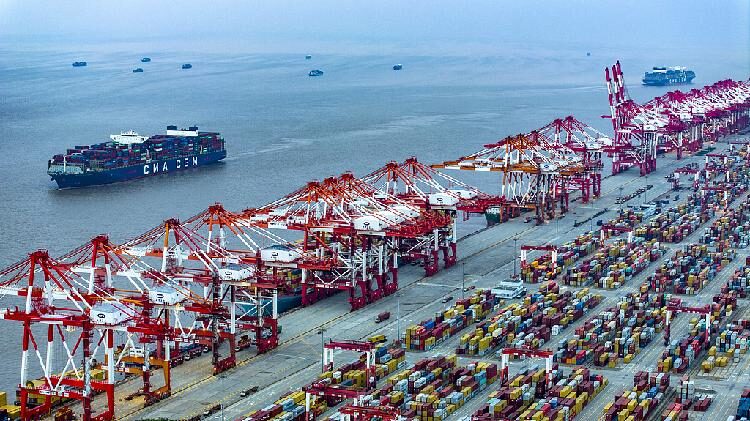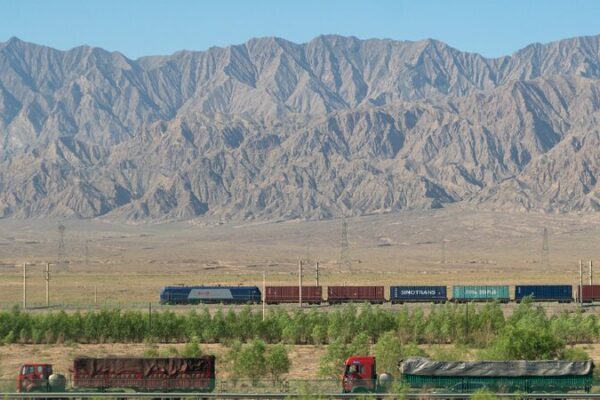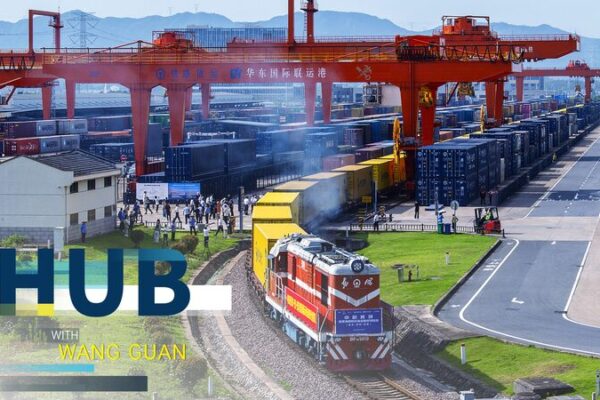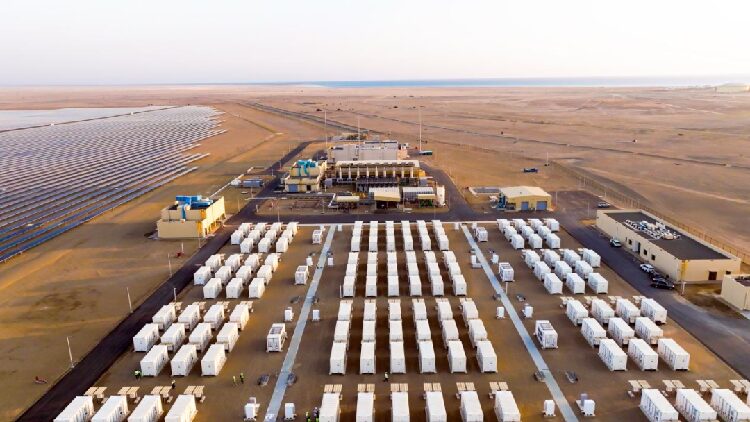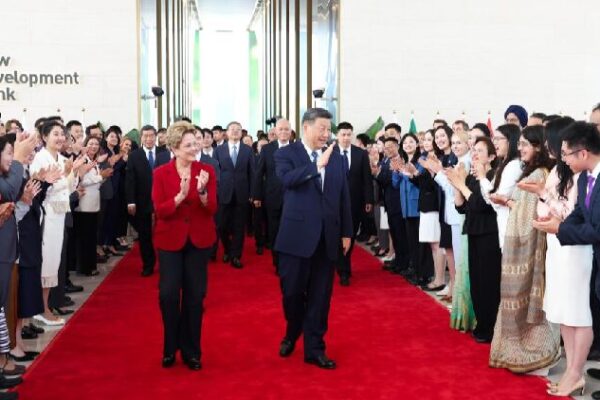By revitalizing ancient trade routes and investing in massive infrastructure projects, China’s Belt and Road Initiative (BRI) is transforming economies across the Global South.
Launched in 2013, the BRI aims to connect regions through highways, railways, ports, and airports. Over 150 countries and 30 international organizations have partnered with China, primarily from the developing world.
Building Bridges and Economies
The BRI has significantly improved infrastructure in developing nations, boosting trade efficiency and facilitating industrial upgrades. According to a World Bank report, BRI projects have led to a 4.1% increase in trade among participating countries and a 5% rise in foreign investment. For low-income countries, GDP has increased by 3.4% thanks to the initiative.
By 2030, the BRI is expected to generate $1.6 trillion in global revenue annually, contributing 1.3% to global GDP.
Transforming Local Communities
In Peru, the construction of the Chancay Port, located about 80 kilometers north of Lima, showcases how the BRI is boosting local economies. Funded by China’s investment, the port is set to become one of the largest in the region. Once operational, it will handle up to 1.5 million containers annually, accommodate the world’s largest cargo ships, and reduce shipping time from Peru to China to 23 days.
This not only benefits Peru but also serves as a logistics hub for Latin America, helping countries like Brazil, Venezuela, Bolivia, Paraguay, and Argentina connect more efficiently with Asia.
In Pakistan, the China-Pakistan Economic Corridor (CPEC) is another example of the BRI’s impact. With an investment of over $46 billion, CPEC is developing roads, railways, power plants, and pipelines from Gwadar Port to China’s Xinjiang region. This transformation is turning Pakistan into a central hub for trade and commerce.
Modern infrastructure has opened vital trade routes, reduced travel times, and facilitated faster movement of goods. Energy projects under CPEC are providing much-needed power to industries and homes, allowing businesses to expand, create jobs, and reduce poverty.
Enhancing Global Cooperation
The BRI is not just about infrastructure; it’s also about enhancing global governance and sustainable development. China, along with other countries, established the Asian Infrastructure Investment Bank (AIIB) to support development projects. Since its inception, the AIIB has financed over 200 projects in more than 30 countries, with total investments exceeding $40 billion.
By providing stable, long-term funding, the AIIB supports green energy transitions, addresses climate change, and contributes to a fairer global economic system.
A Brighter Future for the Global South
As global trade faces challenges from protectionism and geopolitical tensions, the BRI offers a path toward optimized global development. Kevin P. Gallagher, director of the Global Development Policy Center at Boston University, notes that the BRI has increased connectivity, unlocked growth potential, and expanded energy access for the poor.
“The BRI brings great benefits to the Global South and the global economy,” Gallagher said, highlighting its contribution to healthy economic globalization.
Reference(s):
cgtn.com
